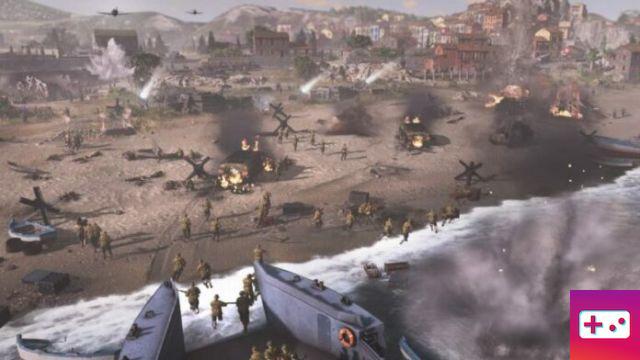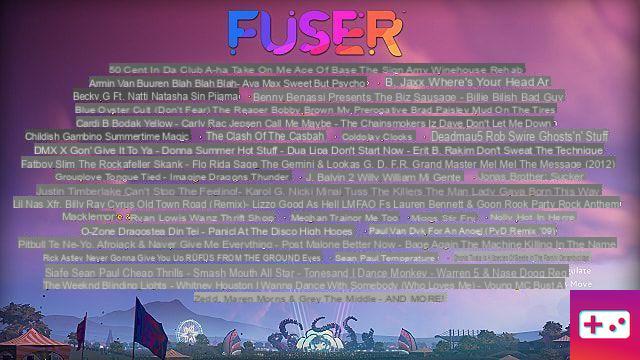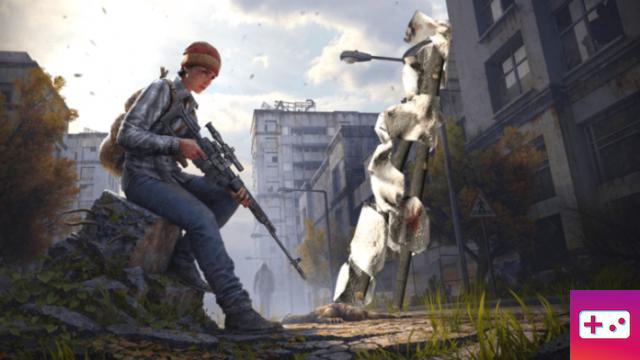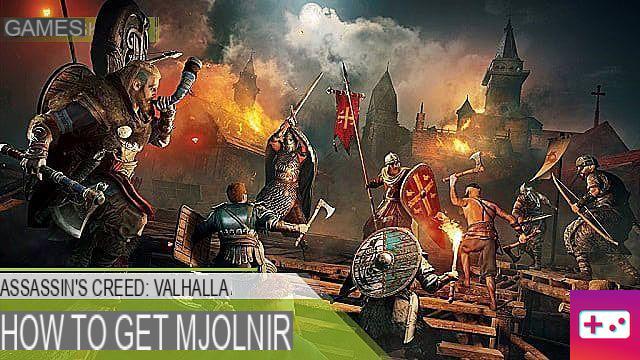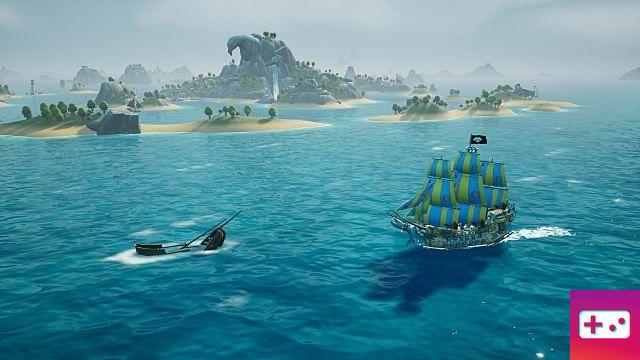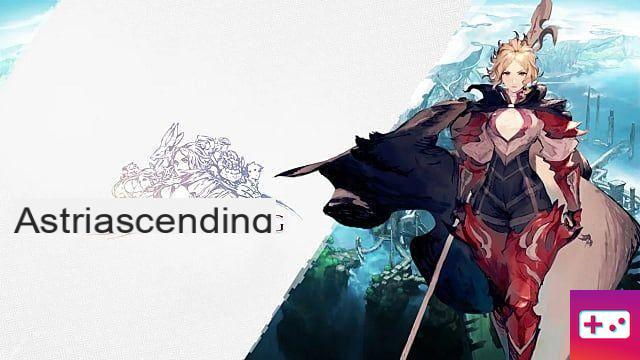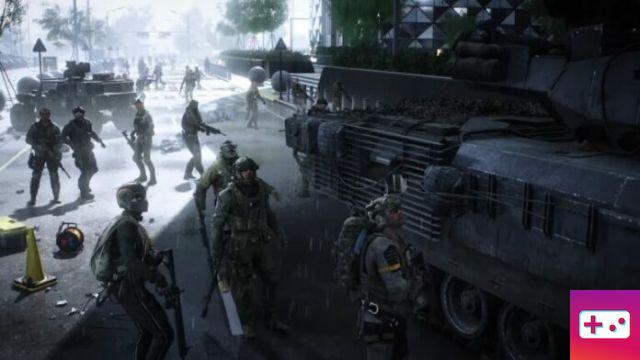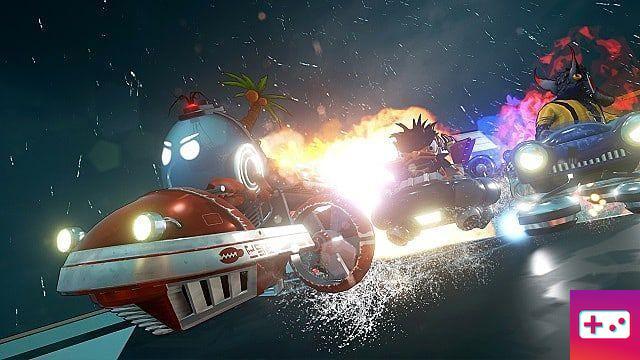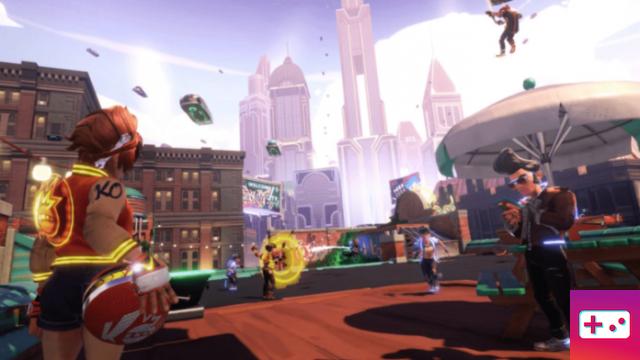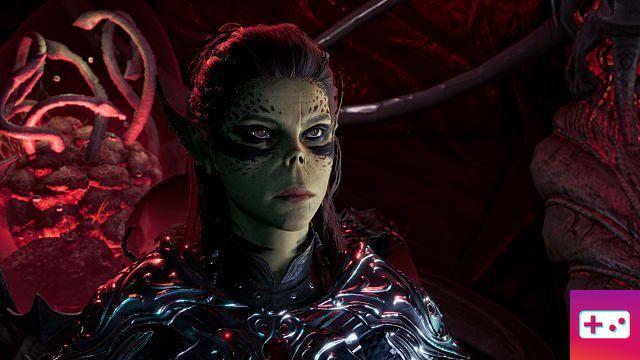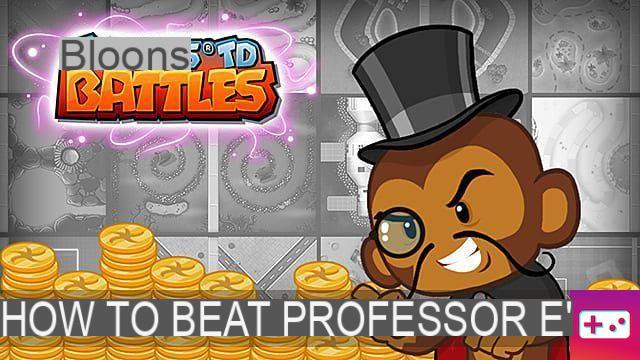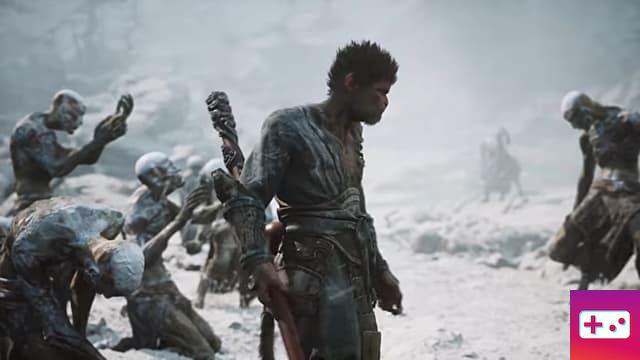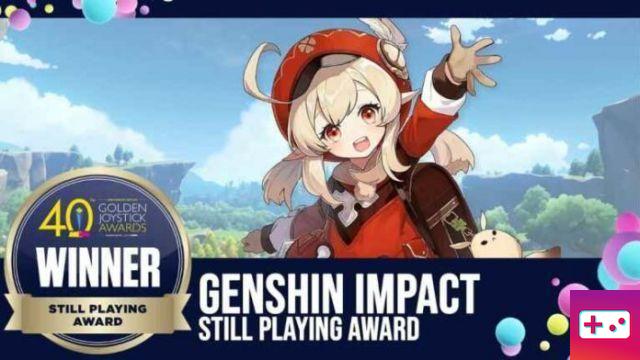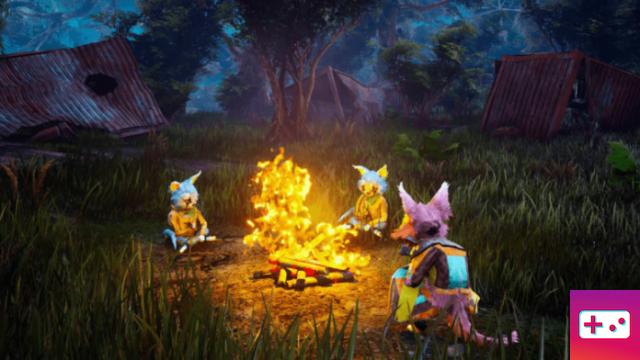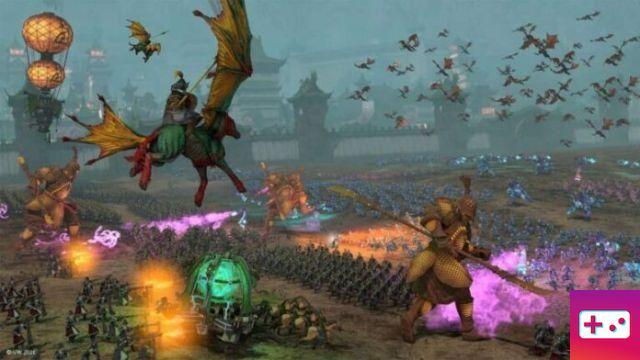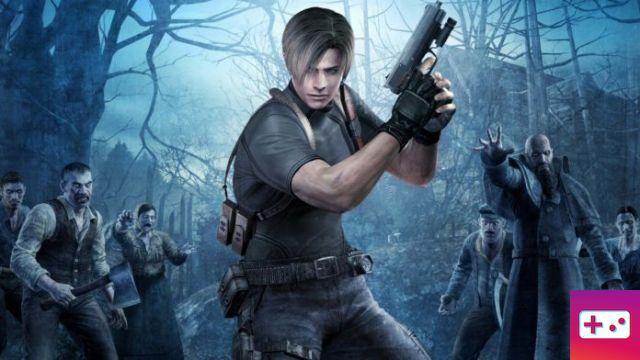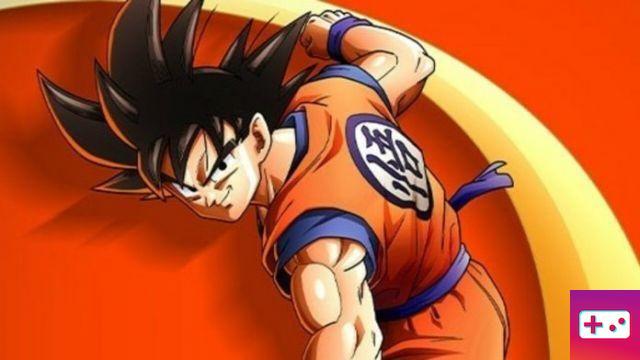
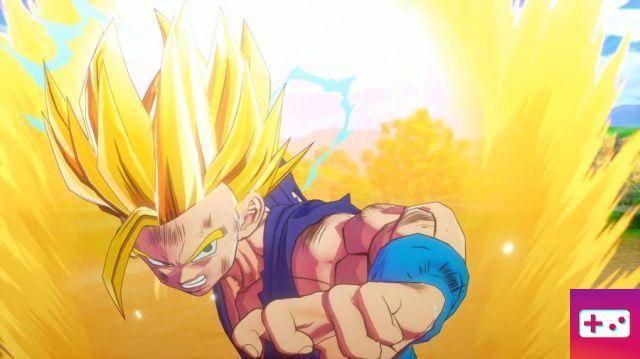
When Bandai Namco announced that they were going to create a role-playing game spanning the entirety of Dragon Ball Z, fans seemed somewhat torn. For one, developer CyberConnect2 was going to be at the helm – the studio behind the largely fantastic Naruto Storm titles. On the other hand, it's hard to get truly excited about telling a story you've heard countless times before - and Dragon Ball Z: Kakarot is exactly that.
But to be fair, it's a pretty good story. In fact, it's the most detailed and accurate account of Dragon Ball Z ever told by a video game - and at least it's worth celebrating. Again, it covers the four main arcs of Akira Toriyama's perennially popular series (putting you in the shoes of Goku, Gohan, Piccolo, etc.), and while still missing much smaller detail, you can't know absolutely anything about Dragon Ball, play Kakarot and come away with a much better understanding of what it's all about. Heck, you might even become a fan.
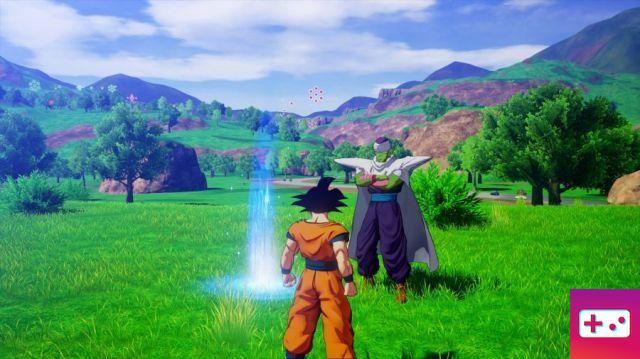
The storytelling shines during beautifully crafted cutscenes - many of which look way better than the anime itself. With the Naruto Storm games, CyberConnect2's passion and love for the source material was abundantly clear, and the same goes for Dragon Ball Z: Kakarot. Some of Dragon Ball Z's greatest moments are perfectly recreated - enhanced, even - by the developer's flair for stunning cutscenes. They are truly a joy to behold.
However, this is where the title's biggest problem begins to take shape. In short, Kakarot is a very, very inconsistent release. One minute you're watching a downright glorious, fully animated cutscene. The next, you get bored as the characters fall into place, spouting dialogue that, for some crazy reason, has uncomfortably long periods of silence between each line spoken. It's great that the game has so much dialogue to start with, but it could have been presented and delivered much more effectively than that.
Sometimes it seems like CyberConnect2 has to cut corners. Kakarot is a big game - just getting through the story will take you 30 or 40 hours, and there's also a lot of optional stuff to explore. After playing it for at least 50 years, we'd go so far as to say that the finished product feels rushed, like it could have benefited massively from being in development for another six months or so. Maybe we'll get a sequel based on Dragon Ball Super that improves on the established blueprint, or maybe the next DLC will deliver superior quality across the board.
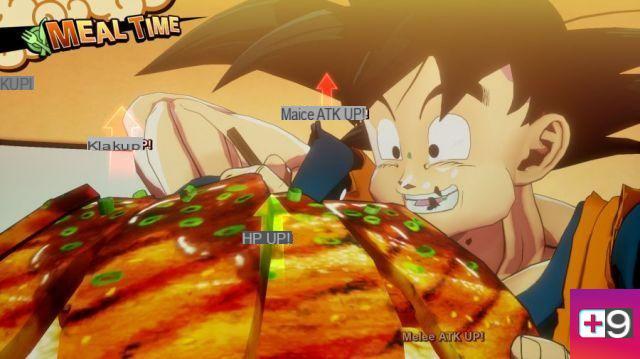
Either way, playing Dragon Ball Z: Kakarot is fun – just flying around its many open areas is enjoyable, exploring points of interest and taking in the sights. We dare say that the world of Dragon Ball has never been better realized - at least in video games. The towns in particular are lovingly designed, with busy streets and roads packed with cars. The countryside, on the other hand, can feel a little static, but you're generally traveling at such speed that the wilderness never really feels empty or devoid of life. It does the job.
Between the main story missions – which are activated by visiting clearly marked icons on the map – you're generally free to do as you please. There are side quests to undertake, moderately entertaining mini-games to master, and materials to gather. These side quests can vary in quality though. Most boil down to basic objectives like beating a group of generic enemies or collecting a specific number of items, but they're often elevated by cool character moments and interesting interactions between fan favorites. Some quests, however, are nearly ruined by long load times as the game moves you from area to area in order to tell the story. Inconsistency strikes again.
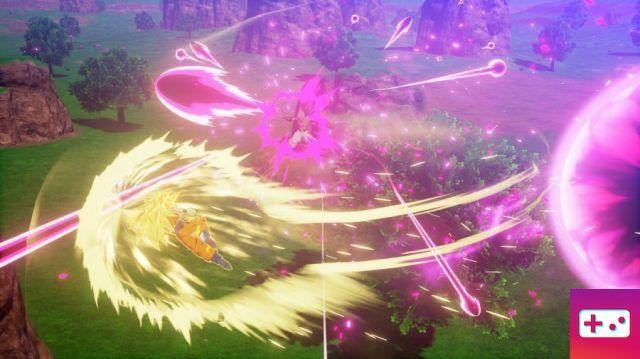
And then there's collecting orbs, which is... Bizarre, to say the least. All over the world are orbs that you can suck up as you fly around your business, and you can use them to unlock new super attacks and passive bonuses. It's a weird system that feels like it's from another era of gaming, but thankfully collecting those ugly orbs becomes obsolete as you progress; later battles will reward you with more orbs than you'll ever know what to do with.
Speaking of battles, fights in Kakarot can be random. The system itself is fine if a bit simplistic. You smash the circle to do a basic melee combo, while holding L1 open opens up your special attack options. Defensively, you hold L2 to block and press X furiously to dash like crazy. There is a lot of mobility here, and the main thing is that you will need it.
Most fights follow the same pattern: launch a wave of attacks, retreat as the enemy prepares for a special move, dodge or block the move, counter with your own super, repeat. Dragon Ball Z: Kakarot is much less of a button masher than you might initially think, as success hinges on your ability to strike when your opponent is vulnerable. All of your enemies - even the lowly Saibaman - will directly power your attacks if you're not careful, and while it seems silly that the mighty Goku can't just beat his opponent to a bloody paste like he does in the manga and anime, needing to know when to switch between attack and defense gives most battles a pleasant tension.
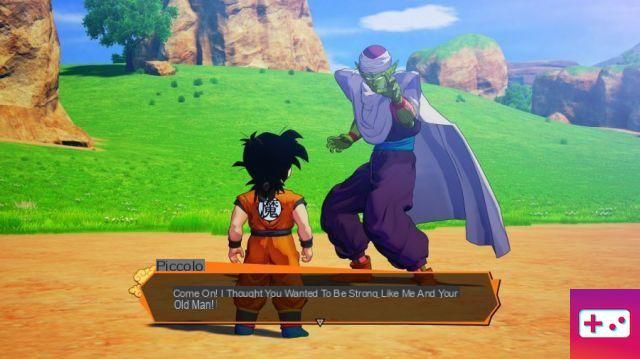
We say “most” because there are fights that are just infuriating. They're not what you'd call difficult in a traditional sense – Kakarot isn't that difficult overall – but they're most definitely cheap. When you're one-on-one, combat is at its best. You are locked on your enemy and you can try to read his attacks. However, when you're up against multiple enemies, the combat system can really struggle. Face to face with Frieza? No problem. You face Burter and Jeice of the Ginyu Force? An absolute nightmare. It's no exaggeration to say that a group of Saibamen pose a greater threat than Nappa or Vegeta, simply because keeping track of the erratic little bastards is much harder than keeping an eye on a single opponent.
This is where the aforementioned mobility comes into the equation. The majority of these group brawls require you to put some distance between yourself and your enemies at all times, lest you eat attacks from every possible angle. It's an exercise in patience that can quickly become a chore, but hey, at least the game is graceful enough to provide you with some incredibly cheap tools when you can't be thrown off balance. Case in point: Vegeta's Big Bang attack is busted. Completely, totally and utterly broken. You can stay put and fire that bad boy over and over again - and there's nothing most enemies can do about it. It does massive damage, it comes out incredibly fast, its blast radius is gigantic, and it locks your opponent in place. Never underestimate the prince of the Saiyans.
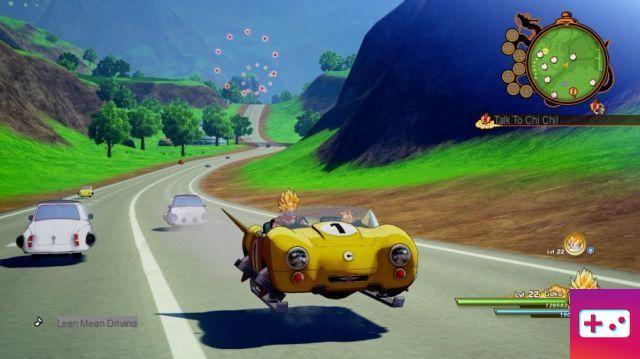
The combat is unbalanced, then, but despite its breakaways and lack of depth, it's fun and flashy enough to keep you invested, and landing perfectly timed combos, counters, and dodges feels good.
But wait, isn't Dragon Ball Z: Kakarot meant to be an RPG? Well, technically it is. Goku and buddies progress throughout the story, there are damage numbers, stats, and various progression systems - but don't expect any real depth. There's no need to work, for example, as the game's key story fights keep you at a manageable level throughout. Collecting Soul Emblems - character-based medals - and cooking meals offer various stat and gameplay bonuses, but you'll be perfectly fine without ever touching those systems.
A lot of Kakarot feels a little redundant, but there's one extra we really appreciate, and that's the game's impressive encyclopedia. From comprehensive character biographies to detailed breakdowns of the original Dragon Ball manga and subsequent anime, the he encyclopedia is both an educational tool for newcomers and a time sink for existing fans. You can even watch these beautiful cutscenes or listen to catchy bits from the show. Beautiful things.
Conclusion
Dragon Ball Z: Kakarot's inconsistent quality prevents it from being a great Dragon Ball game, but ultimately its strengths outweigh its issues - especially if you're a fan. It's quite easily the most accurate Dragon Ball Z narrative in a video game, and it's packed with extra character moments and thoughtful little details. That said, it's hard not to feel like the game could have used more development time or a bigger budget. CyberConnect2's admiration for the source material shines through, but sometimes it's hard to ignore all the corners that have been clearly cut. Good Kakarot fun and a decent way to spend 40 anime-soaked hours, but it could have been something more.
- Detailed and accurate account of Dragon Ball Z
- Tons of additional new character moments
- Combat is fun and flashy
- The menu and UI layout is fantastic
- Fully animated cutscenes look great
- The world of Dragon Ball is well done
- Inconsistent quality across the board
- Fighting multiple enemies can be a chore
- Some dialogue scenes are incredibly boring
- Some fetch quests
Good 7/10
Scoring policy
Review of copy provided by Bandai Namco




